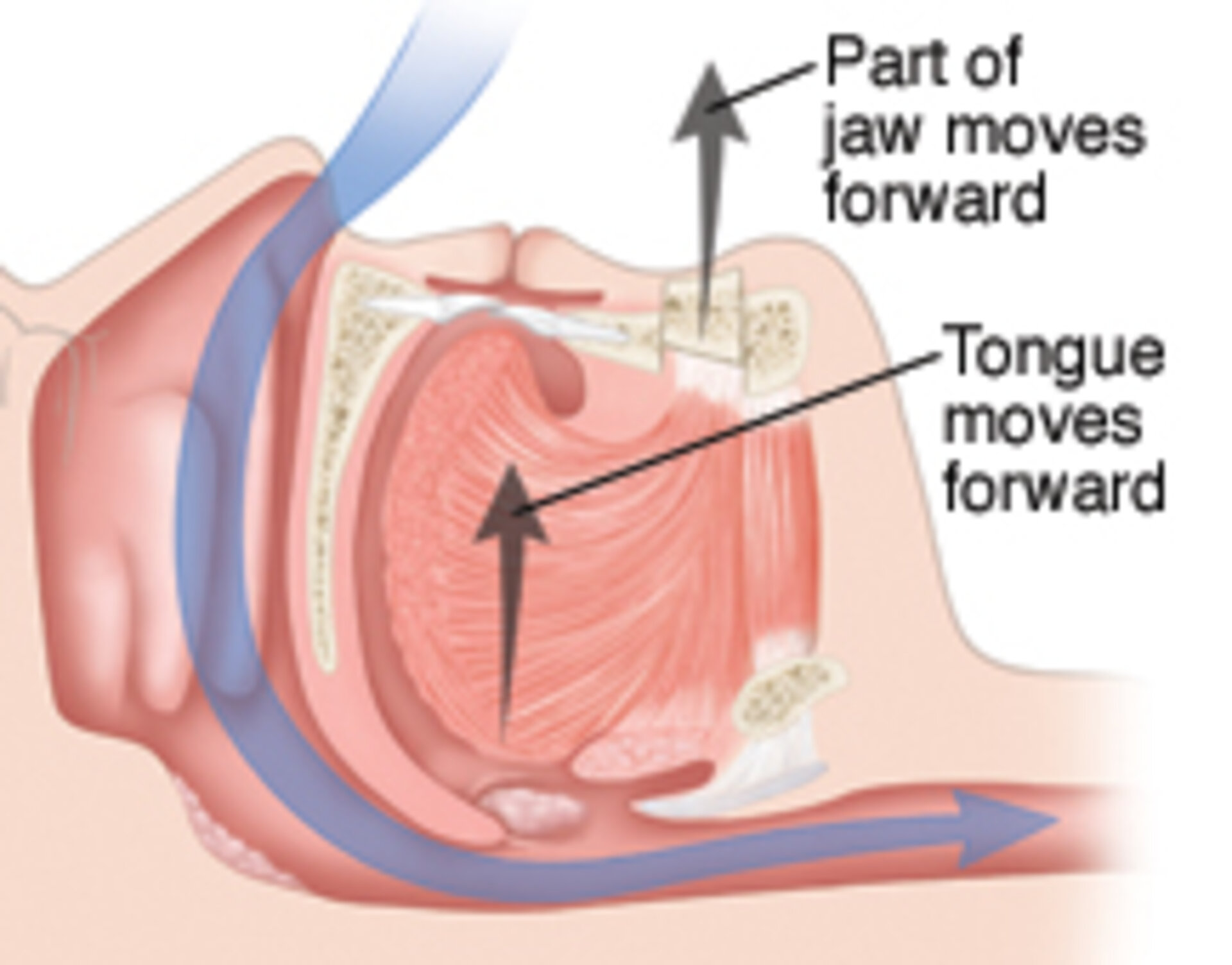
An inframammary is a procedure that augments the breast. The incision is hidden under the breast crease and is only visible when the breast is lifted. It can easily be hidden under an average bikini top. It is compatible for both pre-filled large silicone breast implants and larger ones.
Incision technique
One of the most well-known breast augmentation methods is the inframammary. This technique involves creating an inframammary incision and inserting the breast implant. This type of breast augmentation is very safe. The incision does not affect the nipple or areola, and it can be performed on women with large breast implants. This procedure is safe for breastfeeding.
One of the key advantages of the inframammary incision technique is its ability to reduce overall surgical time. The surgeon performs this procedure using a stab-shaped incision, about 3 mm long, to insert a small infiltration cannula. Next, 150 mL of tumescent solution is injected through the incision to elevate the pocket and promote hemostasis.
Criteria of inclusion
The inframammaryfold is a key landmark in breast surgery. It marks the inferior breast border on the chest wall, and defines ptosis. To avoid implant migration, the fold provides inferior support for subpectoral screws. In addition, a fold is visually important for reconstructive and aesthetic procedures.

Participants must be 14 years or older and have excessive inframammary shivering. Patients below 18 years old must be accompanied and signed by a legal representative. The FITC is not available to women who have been pregnant or are breastfeeding. Participation in the study is voluntary. There are no financial incentives.
Risques
Inframammary surgery is not without risks. A double-bubble deformity can occur when the inframammary fold is lower than the breast tissue. This can cause a variety of problems, including breast cancer.
Inframammary incisions are not as effective as those made at the periareolar or circumareolar crease. This is due to the fact that the lower pole of your breast's sensory nerves can be stretched or cut by inframammary surgery. In fact, inframammary incisions can lead to a higher rate of nipple necrosis, and they are less aesthetic than periareolar incisions.
Disadvantages
The most widely used type in plastic surgery is the inframammary. This is largely due to its ease of use and visibility. It is also able to directly access submuscular or subpectoral planes. This incision is less invasive, has fewer risks and can be used to prevent infection or hematoma formation. Furthermore, the inframammary approach is also ideal for achieving placement symmetry with minimal scarring.
This method of breast-enhancement has some downsides. It can sometimes be more precise than other methods, and the implants might sit too high or unevenly. Additionally, it is more difficult to conceal the scarring than one might think.

Modified approach
The inframammaryfold, which is an incision that extends between the chest wall and the underlying glandular cells, is called a transverse incision. Multiple layers of absorbable sutures are used to close the inframammary folded. They extend to the medial as well as lateral edges of your breast. The skin disc then moves toward the center of your breasts, returning it to its original position in the nipple/areolar complex. Close the wound with sutures of a smaller gauge.
The incision is made along a line called the inframammary, which is far away from the flap's edge. Sometimes, special tools are used to harvest flap materials, such an endoscopic instrument or a retractor with a light system.